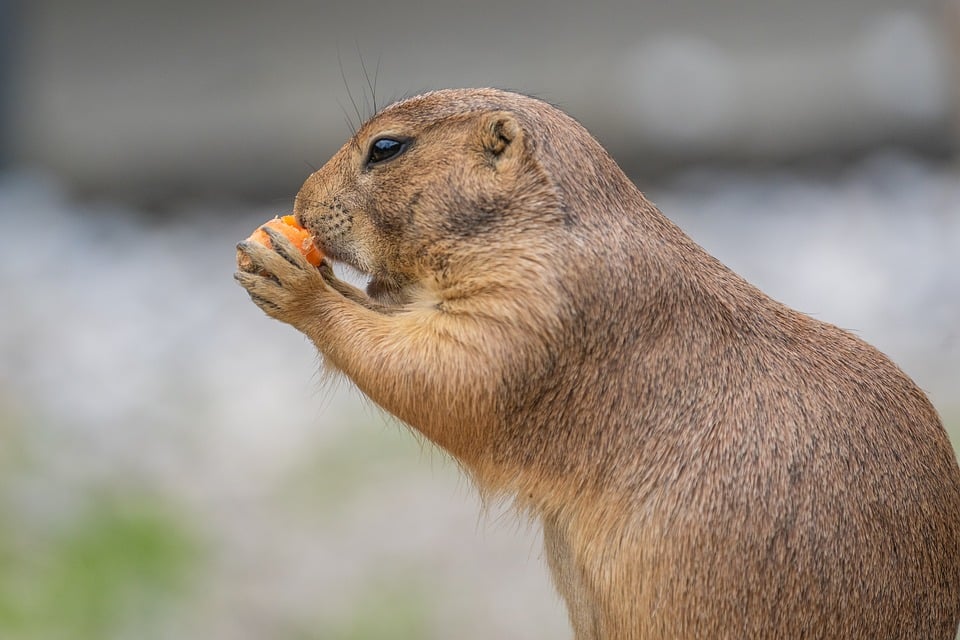**Image caption: A happy dog playing in a dog-friendly backyard environment**
Creating a dog-friendly and safe backyard environment for your furry friend is not only beneficial for their physical and mental well-being but also provides a secure and enjoyable space for them to explore and play. In this guide, we will walk you through the essential elements to consider when designing a dog-friendly backyard and address some frequently asked questions for your convenience.
**I. Fencing: The First Line of Defense**
A sturdy and secure fence is the foundation of a dog-friendly backyard. It not only keeps your dog safely contained but also prevents potential hazards and keeps unwanted visitors out. Here are some important factors to consider when choosing and maintaining a fence:
1. **Material**: Opt for a durable material such as wood, vinyl, or metal that can withstand your dog’s energy and attempts to dig or chew.
2. **Height**: Ensure the fence is high enough to prevent your dog from jumping over. The ideal height varies depending on your dog’s breed and size.
3. **Gaps and gates**: Regularly inspect the fence for any gaps or holes that your dog may squeeze through. Install secure gates with self-closing mechanisms to prevent accidental escapes.
**II. Landscaping with Safety in Mind**
Creating a dog-friendly backyard involves carefully selecting and maintaining plants, grass, and outdoor features that are safe for your canine companion. Consider the following:
1. **Non-toxic plants**: Research which plants are safe for dogs, as some can be toxic if ingested. Opt for pet-friendly options like marigolds, sunflowers, and petunias.
2. **Avoid hazardous chemicals**: Limit the use of pesticides, fertilizers, and herbicides in your yard, as exposure to these substances can be harmful to your dog’s health.
3. **Choose dog-friendly grass**: Select grass varieties that are resilient and can handle your dog’s activity level without becoming easily damaged. Regularly trim the grass to prevent ticks and other parasites from taking hold.
**III. Create Shade and Shelter**
Just like humans, dogs need a place to seek shelter from the sun and other outdoor elements. Here’s how you can provide shade and shelter for your furry friend:
1. **Trees and umbrellas**: Plant trees strategically or use large umbrellas to create shaded areas in your backyard. Ensure they are securely planted to avoid any hazards during windy conditions.
2. **Doghouses or shelters**: Consider installing a doghouse or a weatherproof shelter where your dog can retreat during inclement weather. Ensure it is well-ventilated and insulated for year-round use.
**IV. Dog-Safe Features and Activities**
To make your backyard truly dog-friendly, incorporate features and activities that cater to your furry friend’s instincts and needs. Here are some ideas:
1. **Dog-friendly toys**: Provide a variety of safe and durable toys, such as chew toys, treat-dispensing toys, and interactive puzzles, to keep your dog mentally stimulated and entertained.
2. **Agility equipment**: Set up agility equipment like tunnels, jumps, and balance beams to encourage physical activity and strengthen your dog’s coordination and agility skills.
3. **Water features**: Dogs love water! Consider setting up a shallow pool or a sprinkler system for your four-legged friend to cool off during hot summer days.
**Frequently Asked Questions (FAQs)**
1. **Is it necessary to have a fence around my backyard if I supervise my dog at all times?**
– While supervision is crucial, even the most attentive owners can get distracted. A fence provides an added layer of safety, preventing accidental escapes and keeping potential dangers at bay.
2. **How can I prevent my dog from digging up the yard?**
– Dogs often dig out of boredom or to find cooler spots in hot weather. Provide designated digging areas filled with loose soil or sand to redirect their digging instinct. Regular exercise and mental stimulation can also reduce the likelihood of excessive digging.
3. **Are there any specific plants I should avoid having in my dog-friendly backyard?**
– Yes, some common plants like lilies, azaleas, and tulips can be toxic to dogs if ingested. Research and consult with a veterinarian or a horticulturist to ensure the plants in your yard are safe for your furry friend.
By following these guidelines, you can create a dog-friendly and safe backyard environment that allows your furry friend to thrive while providing you peace of mind. Remember, every dog is unique, so tailor your backyard to cater to their specific needs and preferences. Enjoy the bond and happy times you’ll share with your canine companion in this personalized outdoor space!









